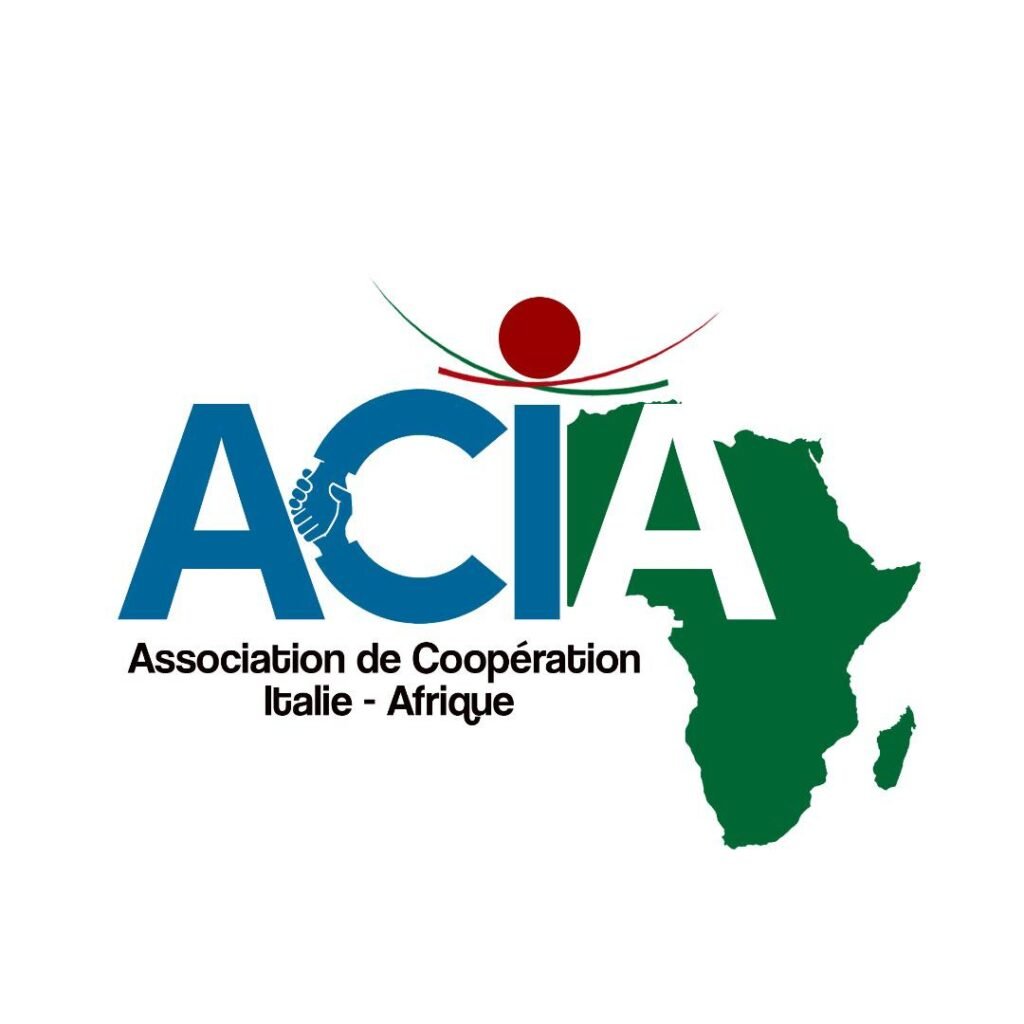The small size of Italian companies is often presented as the main limitation to their international development.
This assertion needs to be thoroughly investigated and, if not completely refuted, at least downgraded.
Italy is characterised by an original model of economic development.
Understanding the special features of this model is the starting point for any reasoning on the potential of our companies, including growth abroad.
One can speak of original development model with reference to the Italian economy because the vast majority of the companies that make it up have distinctive characteristics that, taken together, create a unique fabric.
- Model as a widespread standard
- Original as unique on the international scene
Features
Originality depends on the combined presence of four characteristics:
- Small size
- Business Guide
- Family property
- Manufacturing vocation
Italy and exports
Italy, even in recent years, has always shown positive trade balances, excelling in exports in many manufacturing sectors compared to other European nations.
There is much research showing these results (Edison Foundation).
If, as mentioned above, the Italian economic fabric is predominantly made up of entrepreneurial, family-owned and manufacturing SMEs and if, at the same time, Italy has been showing largely positive results on international markets for several years now, then, by sheer logic, it can only be SMEs that play a driving role in exports.
International development and company strength
Internationalisation is not just a question of size.
International development (both at strategic and organisational level) is first and foremost a question of mentality of culture, of orientation.
Work needs to be done on these aspects to foster internationalisation.
Instead, there is a strong correlation between international development and company strength. Strong SMEs are the ones that most easily approach foreign markets.






